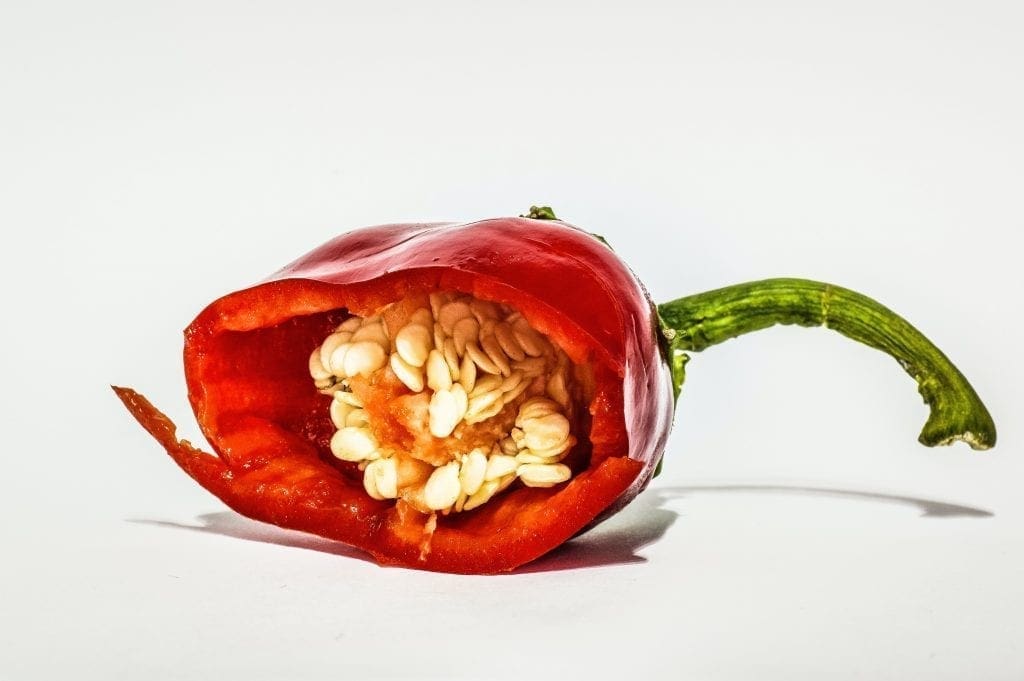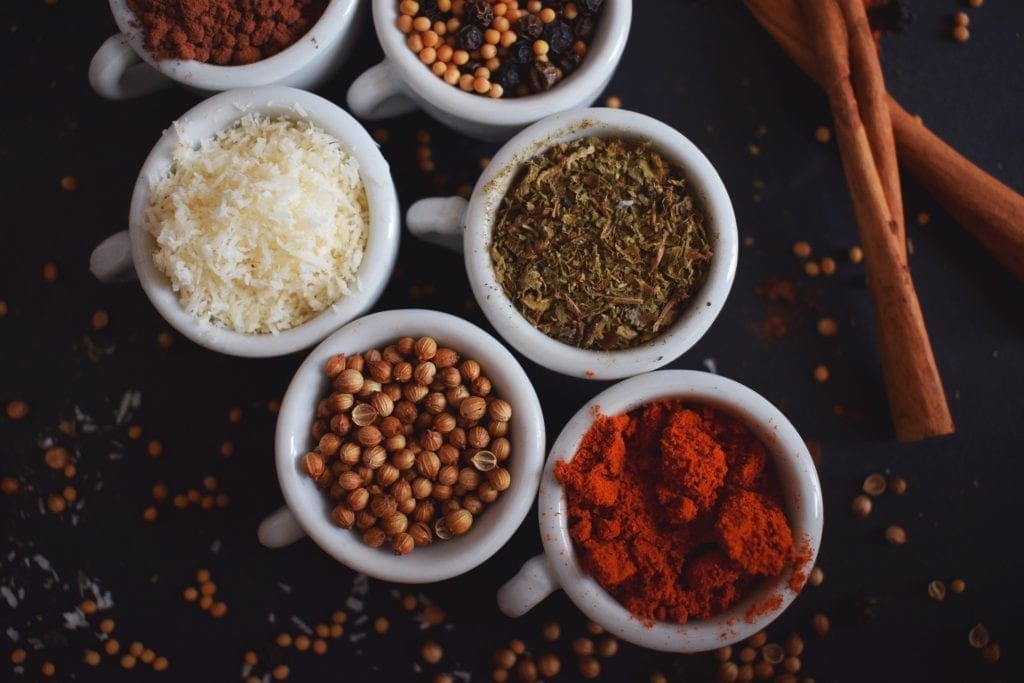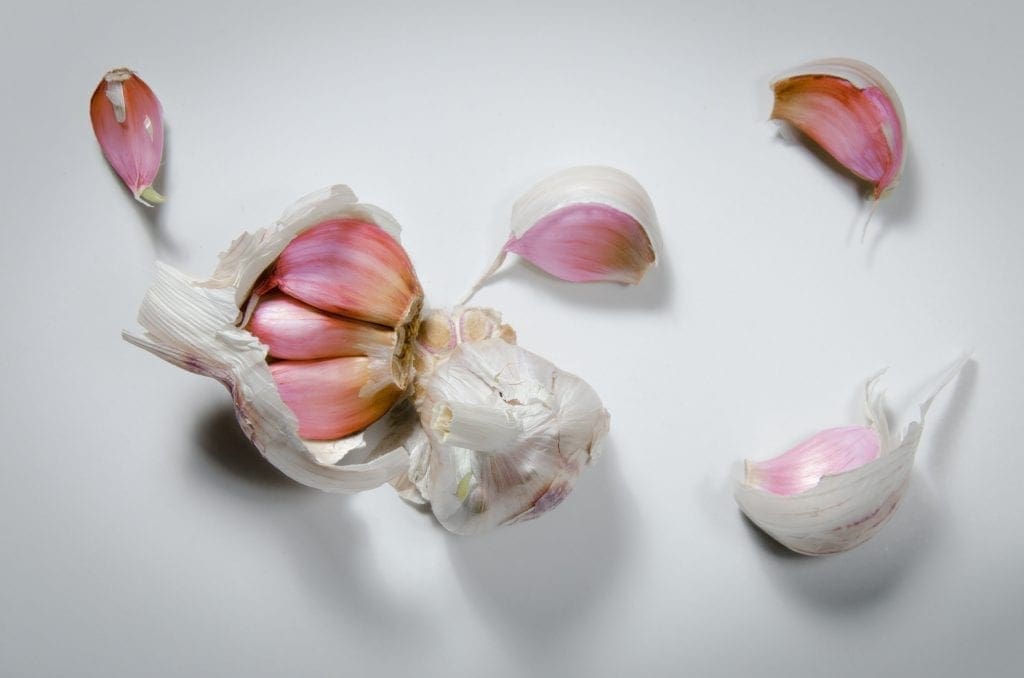Rachael Ray once said that building the perfect pantry is as individual as the cook. Meaning, if you make a lot of Mediterranean cuisine, stock your shelves with ingredients that reflect those flavors. If you don’t like the taste of cumin, don’t feel like you need to have it on hand. To me, it’s all about versatility—bulking up on items that are easy to shop for and can serve as a base no matter the recipe, season, or special occasion. These everyday pantry essentials, we hope, will help any type of cook lay the foundation for many meals to come.
1. Vinegar
Acids are intimidating in the kitchen. But when used correctly, they add depth to a dish, cut through fat, balance saltiness, lessen heat and intensify sweetness. That being said, the right (or wrong) vinegar and how much you use can be make or break. Aside from the distilled white vinegar you probably have stashed away for cleaning, consider adding apple cider, red wine, balsamic, sherry or rice vinegar to brighten up your diet.
2. Salt
Whether sweet or savory, salt is the simplest way of developing flavor in a dish. There are a few different varieties to consider, but kosher salt is what you’ll want to arm yourself. It’s ideal for seasoning across the board because it dissolves quickly and is the easiest to grip with your fingers. Flaky salt, on the other hand, is used for crunch or to give a salty kick, like in caramel sauce or chocolate chip cookies. And if you want to get fancy, invest in fleur de sel as a finishing touch to top meats or roasted vegetables.

3. Oil
As far as oils go, you’ll want to use something with a neutral taste and high smoking point for sautéing or frying—grapeseed, vegetable, canola, olive. Remember, the lighter the color, the lighter the flavor will be and the higher the cooking temperature. Trendier everyday pantry essentials including avocado and coconut oil are best used for a quick sauté and flavored oils such as sesame or pumpkin seed should be used in small amounts to impart big flavor. Save your best bottle of extra-virgin olive oil for things like salad dressings or dipping bread.
4. Maple Syrup or Honey
Although good on just about anything from pancakes to oats, maple syrup actually has a smoky taste that lends itself to savory applications. Honey has a more delicate, floral flavor but because cooking is all about balance, a drop of something sweet can help to counteract bitter, spicy or salty notes.
5. Hot Sauce
If you’re a Cholula enthusiast we won’t judge, but having a good hot sauce on hand is a must. Heat, which is different than spice, can add complexity to a dish but feel free to venture outside your comfort zone. Instead of reaching for the Sriracha, try a dose of the Italian version—Calabrian chili paste. For an Indonesian kick, sambal oelek offers a more balanced heat that’s less sugar and vinegar forward.

6.Mustard
By far the ultimate “secret ingredient” in the kitchen is mustard—whether it be of the tangy Dijon variety or punchy whole grain for texture. Most commonly known for dipping and spreading onto sandwiches, a spoonful of mustard here or there can act as an emulsifier in vinaigrettes, a glaze for chicken or fish and a pop of acidity in cream sauces. The magic is its distinct savoriness and peppery sharpness.
7. Dried Herbs
I know anything that’s not certified fresh is usually frowned upon but let’s be honest, dried herbs are much more convenient to have around the house. In terms of which of these everyday pantry essentials last the longest, traditionally hard herbs such as oregano, rosemary, thyme, sage and bay leaves fare well when cooked. Keep in mind that they will have a more concentrated flavor so if a recipe calls for fresh herbs, the correct ratio to use is one part dried to three parts fresh.
8. Aromatic Spices
Every cook needs to have a well-stocked spice cabinet and the ones I find come into play most often include cumin, chili powder, cayenne, paprika, cinnamon, black pepper and ground ginger. For maximum pay off, always toast your spices in a dry pan before using them or bloom them in hot oil. The heat will open them up and release their full flavor. Just like picking out meat, pay attention to the quality of the spices you’re buying. A good rule of thumb is to find a label that has the place of origin and best-used by date.

9. Citrus
Once you start incorporating the bright notes of lemon, lime, grapefruit or orange, it’s hard to go back. These cheery citrus fruits are good in yogurt marinades, on top of pasta or in a quick pan sauce. If you’ve oversalted, lemon juice can bring a dish back to life. Remember that all parts of the fruit can be harvested, from the zest down to the segments.
10. Soy Sauce
Umami has been called by some the “fifth taste” following salty, sweet, sour and bitter. What comes to mind for me is soy sauce, which has that hard to describe yet uniquely distinct flavor. It’s one of those everyday pantry essentials that can’t be substituted. Although featured in Asian cooking, I’ve found success imparting soy sauce into barbecue dishes, burgers and French onion soup.
11. Canned Tomatoes
Because ripe tomatoes aren’t always available, canned tomatoes are your next best option. Don’t worry, they’re packed at peak freshness and you can find them in many different varieties such as crushed, whole, diced, or even fire roasted. Marinara is usually everyone’s go-to but canned tomatoes can easily take center stage in Mexican recipes, soups, stews and shakshuka.
12. Garlic
The way in which garlic can transform itself is why it’s at the base of almost every cuisine. When raw, it’s spicy and pungent and when roasted, it’s super sweet, spreadable and has a nutty aroma. Garlic’s assertive nature can be used sparingly or sometimes, in obscene amounts (cue Ina Garten’s Chicken with 40 Cloves of Garlic), in everything from dressings, aiolis, sauces, marinades or simply rubbed onto toasted bread.

Abby is The Digest's Managing Editor. She spends her time looking at dogs on Instagram and eating her way around Jersey City.
- Abby Montanezhttps://thedigestonline.com/author/abby/
- Abby Montanezhttps://thedigestonline.com/author/abby/
- Abby Montanezhttps://thedigestonline.com/author/abby/
- Abby Montanezhttps://thedigestonline.com/author/abby/


